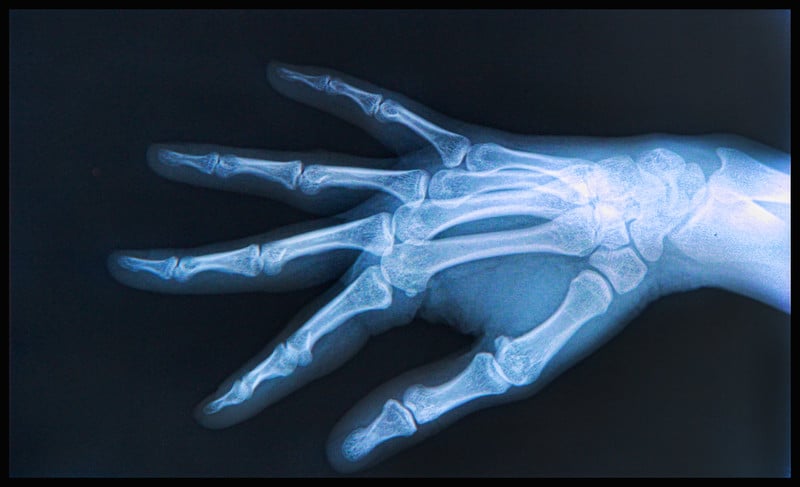Osteomyelitis is an infection in the bone. The infection can spread from nearby tissue or originate in the bone itself if a fracture or other trauma exposes the bone to infection. Osteomyelitis can be classified as acute, sub-acute, and chronic. Compared to ICD-9, there are specific guidelines and codes for reporting osteomyelitis in ICD-10 where acute, sub-acute and chronic osteomyelitis are grouped into additional subcategories. Further, ICD-10 differentiates between sub-acute infections and acute infections which have their own subcategories. Expert coders in medical coding companies can help physicians report osteomyelitis using appropriate ICD-10 codes based on the type, location, and acuity (acute, subacute, hematogenous, and/or chronic).
Causes and Risk Factors
Osteomyelitis is caused by an infecting organism, typically staphylococcus bacteria. Trauma, surgery, the presence of foreign bodies, or the placement of prostheses can compromise bone integrity and cause bone infection to develop. Osteomyelitis can also occur when infections reach the bone through the bloodstream. People with chronic health conditions such as diabetes mellitus and peripheral vascular disease, and smokers have a higher risk of developing chronic osteomyelitis. In children, osteomyelitis appears in the arm or leg bone.
Symptoms
Signs of osteomyelitis include fever, swelling, warmth and pain in the area of the infection, and fatigue. However, the condition can manifest without symptoms in infants, older adults and people whose immune systems are compromised.
Osteomyelitis – Types
Acute osteomyelitis is characterized by localized pain, soft-tissue swelling, and tissue warmth at the site of the infection as well as typical symptoms such as fever, irritability, fatigue, and nausea. It is easier to treat
In sub-acute osteomyelitis, symptoms are less severe than acute osteomyelitis and develop at a less rapid pace. Sub-acute osteomyelitis may be characterized by only moderate, localized pain without any systemic issues.
Chronic osteomyelitis is a severe, persistent inflammation/infection that is difficult to treat and can recur. A chronic infection also may be accompanied by a draining sinus, involving a higher risk for complications. Chronic multifocal osteomyelitis (chronic recurrent multifocal osteomyelitis) is a rare condition that mainly affects children. Symptoms include bone inflammation in multiple areas, severe pain, fever gait problems, and even skin changes.
ICD-10 codes to Report Osteomyelitis
In ICD-10, the codes to report osteomyelitis are in the M86-series. An ICD-10 Monitor article explains the circumstances for using these codes:
Acute and sub-acute osteomyelitis: There are three subcategories for reporting acute and sub-acute osteomyelitis using ICD-10 (including M86.0 to M86.2). Codes from subcategory M86.1 are used to report direct inoculation osteomyelitis.
Chronic osteomyelitis: There are four subcategories for reporting chronic osteomyelitis (including M86.3 to M86.6).
Other osteomyelitis: In ICD-10, 8 reports other osteomyelitis and are two additional subcategories for the reporting this condition. Currently regarded as a sub-acute condition, Brodie’s abscess is characterized by the presence of a bone abscess surrounded by dense fibrous tissue and sclerotic bone. Unspecified osteomyelitis is reported by subcategory M86.9.
M86 Osteomyelitis
M86.0 Acute hematogenous osteomyelitis
M86.1 Other acute osteomyelitis
M86.2 Subacute osteomyelitis
M86.3 Chronic multifocal osteomyelitis
M86.4 Chronic osteomyelitis with draining sinus
M86.5 Other chronic hematogenous osteomyelitis
M86.6 Other chronic osteomyelitis
M86.8 Other osteomyelitis
M86.9 Osteomyelitis, unspecified
Codes M86 to M86.8 are non-billable and coders must use specific codes that describe the diagnosis in more detail. Code M86.9 is a billable code that is valid for submission for HIPAA-covered transactions. M86.3 is a combination code that captures chronic types (in which a draining sinus is present).
Specific sites for subcategories M86.0-M86.6 include: Shoulder, Humerus, Radius/ulna, Hand, Femur, Tibia/fibula, Ankle/foot, Other specified sites, and Multiple sites. The following are examples of specific, billable codes that identify etiology, anatomic site, severity, and other details:
M86.061 acute hematogenous osteomyelitis, right tibia and fibula
M86.062 acute hematogenous osteomyelitis, left tibia and fibula
M86.131 other acute osteomyelitis, right radius and ulna
M86.132 other acute osteomyelitis, left radius and ulna
M86.241 subacute osteomyelitis, right hand
M86.242 subacute osteomyelitis, left hand
M86.371 chronic multifocal osteomyelitis, right ankle and foot
M86.372 chronic multifocal osteomyelitis, left ankle and foot
The ICD-10 Monitor article offers the following additional guidance for reporting osteomyelitis:
- An additional code from categories B95-B97 should be assigned to identify the infectious agent.
- A code from subcategory M89.7 should be reported to identify any major osseous defects.
- In ICD-10, there is no separate designation for periostitis (inflammation of the membrane covering a bone) without mention of osteomyelitis. There are specific entries for periostitis of the dentoalveolar structures and jaw, and for periostitis due to certain infectious organisms, such as gonorrhea, syphilis, tuberculosis, and yaws. All other types are reported with a code from subcategory M86.0 along with a secondary code to identify the infectious organism.
With specific guidelines and additional code choices for osteomyelitis in ICD-10, reporting the condition correctly can be a challenge. Outsourcing medical coding and billing to an expert can ensure accurate coding and billing for error-free claim submission and optimal reimbursement.




